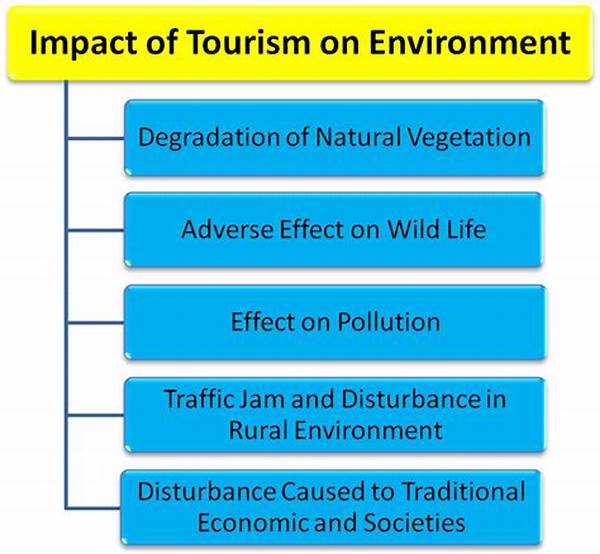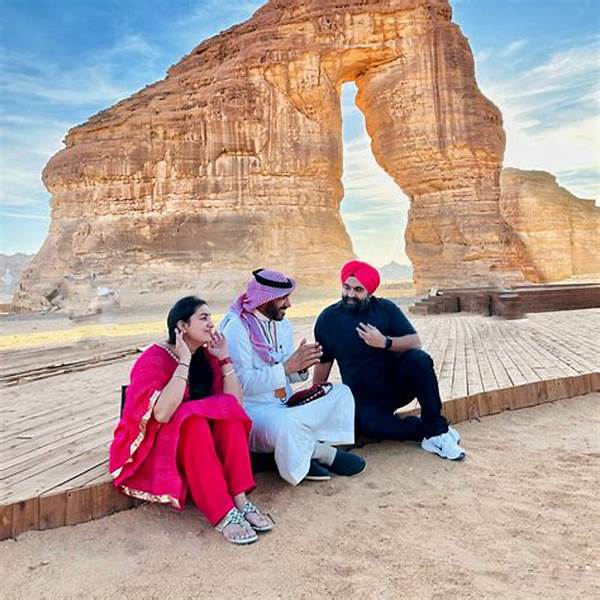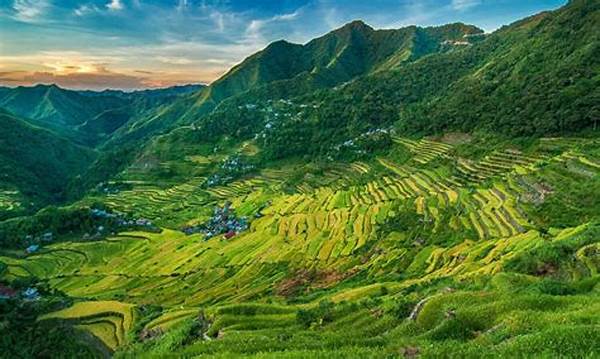H1: Natural Tourism and Its Cultural Impact on Rural Areas
Read More : Vacation To Whitehaven Beach In Queensland, Australia
In a world where the pace is set by the digital clicks of city dwellers, the serene allure of rural landscapes offers a compelling escape and an opportunity to connect not only with nature, but with timeless cultural traditions. Natural tourism has emerged as a beacon for those looking to re-center amidst the verdant embrace of rural areas. However, this global movement has a dual edge; while bringing economic vitality to these communities, there also lies the challenge of cultural integration.
As the world gravitates towards sustainable tourism, the narrative surrounding natural tourism and its cultural impact on rural areas takes center stage. Imagine you are meandering through the lush landscapes of Tuscany, the emerald hills of Ireland, or the terraced fields of Bali. The magic of these rural areas lies not only in their natural beauty but also in the rich tapestry of traditions that have been preserved over generations. However, with increasing tourist influx, these traditions face both the risk of dilution and the exhilarating chance of revival.
Within the heart of this natural tourism boom is a story of cultural renaissance and tension. While many rural communities warmly welcome the influx of visitors, eager to share their traditions, crafts, and festivities, there’s an underlying fear that commodification could overshadow authenticity. Yet, the promise of natural tourism is a nuanced opportunity to showcase and preserve cultural heritage while fostering dialogue between tourists and locals.
Growing awareness about the environmental and cultural footprints of tourism has propelled ethical travel to unprecedented popularity. Travelers seek genuine cultural exchanges, yearning for experiences that transcend typical tourist traps. This shift in perspective encourages rural areas to adopt tourism strategies that not only empower local communities but ensure ecological harmony. Ultimately, natural tourism and its cultural impact on rural areas is about striking a balance where economic growth and cultural integrity coexist in a harmonious dance.
H2: The Balance of Tradition and Modernity
In exploring natural tourism and its cultural impact on rural areas, it’s essential to consider how modernity interfaces with tradition. Many rural areas have seized the trend of experiential tourism, offering unique cultural immersion experiences like cooking classes, craft workshops, and storytelling evenings. These activities serve as bridges, linking the old with the new, offering tourists insights into cultural nuances while bolstering local economies.
Purpose of Natural Tourism and its Cultural Impact
The allure of natural tourism is undeniable as it draws travelers into a world where the whispers of the wind and the songs of birds replace city noise. But beyond the scenic allure, lies a deeper purpose—engagement with cultural authenticity. The heart of natural tourism beats in the rhythm of rural areas that open their doors to showcase not just landscapes, but ways of life untouched by urban chaos.
The purpose of natural tourism isn’t merely travel for leisure; it is about creating connections. As modern tourists become increasingly aware of their footprints, their journeys take on greater meaning. They yearn not only for adventure amidst the vistas but for narratives that interweave their experiences with the lives of locals. It’s where the true beauty of natural tourism lies.
These cultural exchanges foster a new form of dialogue, enriching both tourists and locals. Natural tourism and its cultural impact on rural areas can be credited with instigating a renaissance in local crafts, forgotten traditions, and even traditional agricultural practices. Rural communities find revitalization in sharing their heritage, inviting others to view the world through their unique lens.
Yet, the path isn’t solely paved with positivity. The surge in tourism can strain local resources, and there’s a danger of culture being packaged as a mere product. It’s here that ethical tourism comes into play, emphasizing the need for programs that respect local customs while providing economic upliftment.
For rural areas, adapting to the influx of attention necessitates crafting a delicate balance between globalization and preservation. Local governments and communities need collaborative strategies to sustainably manage tourism, ensuring that while cultural vibrancy is shared, it isn’t exploited. Partnerships, policies, and programs need alignment with community goals, ensuring a future where traditional values remain intact.
H2: Communal Strategies and Their Power
It is both exciting and challenging to channel the cultural dynamics of rural communities into the broader narrative of natural tourism. By embracing communal strategies—whether through collective marketing, preservation initiatives, or partnerships with conscious travel organizations—rural areas can marry the worlds of tourism and cultural preservation in an innovative embrace that benefits all stakeholders.
H3: Preserving Heritage for Future Generations
Natural tourism and its cultural impact on rural areas have multilayered implications, particularly in heritage preservation. This generation of travelers is not content with surface-level experiences; they desire deeper connections and involvement in meaningful exchanges. Travel, when pursued with mindful intent, can energize the cultural pulse of rural communities ensuring traditions are not only seen but cherished and passed along future generations.
Discussion Topics
Read More : Nature News In Ubud
Description
The surge in natural tourism speaks to the contemporary desire to reconnect with the Earth and its innate rhythms. However, as urban dwellers fan outwards to rural sanctuaries, the delicate fabric of these communities faces reinvention. At the heart of this reinvention is a choice; how do we balance the inflow of curious tourists with the quiet preservation of local customs? It’s not just about traversing a new locale but leaving it richer in spirit and more vibrant in tradition.
Through personal stories and testimonials, natural tourism has profound emotive tales to tell. These narratives aren’t just sugar-coated marketing tropes—they are genuine interactions forming between guests and hosts, a cultural handshake that is as educational as it is exhilarating. A traveler returns not just with photographs but anecdotes of dances learned, recipes tried, and conversations that linger longer than the trip itself.
Yet, the charm of rural life, unearthed through tourism, needs safeguarding. Just as a diligent gardener nurtures only what needs nurturing, tourism must be shaped responsibly, ensuring that cultural footprints remain enlightening rather than burdensome. Natural tourism and its cultural impact on rural areas serves as a modern parable of potential—an adventure in authenticity that welcomes understanding and mutual respect.
H2: Sustainable Tourism Practices in Rural Areas
Exploring sustainable tourism strategies reveals an innovative tapestry of local initiatives. By engaging in community-driven tourism programs, establishing eco-friendly accommodations, and incorporating storytelling as a pivotal tool, rural areas reimagine themselves as custodians of culture while inviting the world to immerse itself in their unique heritage.
H3: A Roadmap for the Future
Natural tourism and its cultural impact on rural areas pave paths that are lined with potentialities. These potentialities require a roadmap—setting benchmarks for sustainability, evolving conscious traveler programs, and harnessing the power of local enterprises to create cultural composites that blend seamlessly with cultural preservation efforts. The future is bright if approached with open hearts and thoughtful strategies.
—H2: Key Points of Natural Tourism and its Cultural Impact
Description
Natural tourism is more than a fleeting trend; it is a response to a world in search of genuine encounters. Rural areas, with their sprawling meadows and storied traditions, offer this very authenticity. Here, the meeting of cultural preservation and tourism offers a dual promise—a chance to share revered customs and to seek growth in harmony with these traditions. Yet, the fulfillment of this promise requires a concerted effort, wise stewardship, and an unwavering respect for both the land and its custodians.
By placing an emphasis on culturally respectful tourism, rural areas can become vanguards of authenticity. But even as this shift brings in a wave of inquisitive travelers eager to hear local stories, the narratives that unfold must remain true to their roots, and the footprints left behind should nurture rather than erode. Through intentional travel and committed preservation, natural tourism and its cultural impact on rural areas can transcend simply visiting a place to truly understanding and preserving it.
H2: Articles on Natural Tourism and Its Cultural Impact
Natural tourism is one of the many facets of the travel industry that hold profound implications for cultural preservation. By channeling both economic and educational tools, rural communities leverage these opportunities, crafting narratives that complement their long-held traditions. This unique intersection not only opens avenues for travelers to learn and respect different customs but fortifies the relationship between rural and urban cultures.
Certainly, natural tourism and its cultural impact on rural areas stand out as a vibrant testament to a global movement towards mindful exploration, emotional resonance, and shared stories. In an ever-connected world, this ripple effect of mindful journeys leaves lasting imprints, ensuring that traditions aren’t just observed, but embraced.


